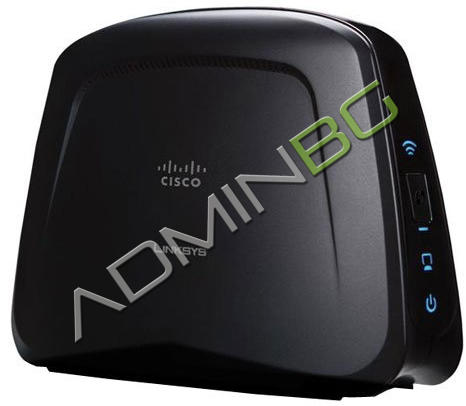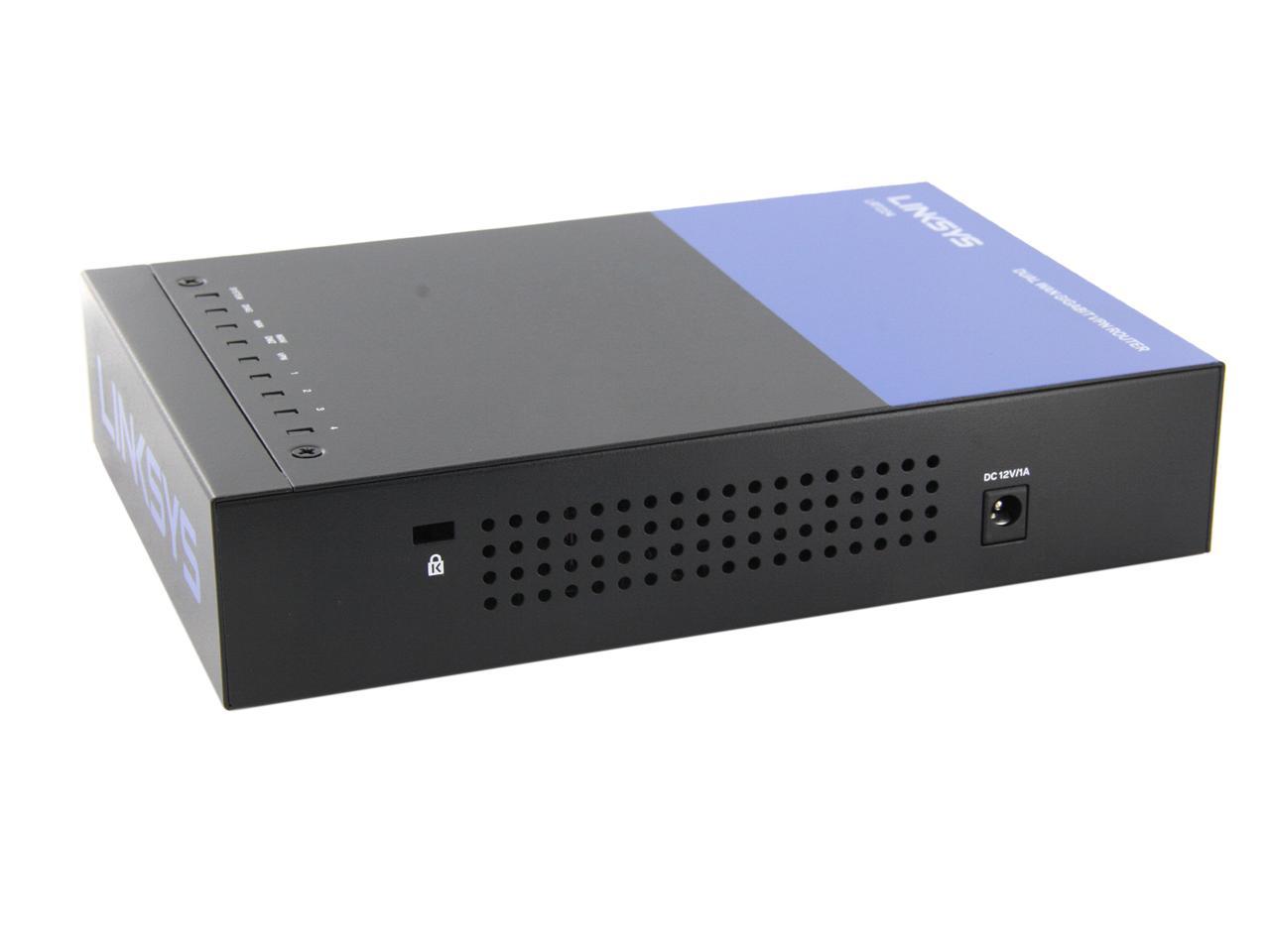
- #LINKSYS WIRELESS NETWORK INSPECTOR HOW TO#
- #LINKSYS WIRELESS NETWORK INSPECTOR UPDATE#
- #LINKSYS WIRELESS NETWORK INSPECTOR PATCH#
- #LINKSYS WIRELESS NETWORK INSPECTOR FULL#
- #LINKSYS WIRELESS NETWORK INSPECTOR SOFTWARE#
We quickly tested the router models flagged by Bad Packets using the latest publicly available firmware (with default settings) and have not been able to reproduce CVE-2014-8244 meaning that it is not possible for a remote attacker to retrieve sensitive information via this technique. Linksys responded to a vulnerability submission from Bad Packets on May 7th, 2019 regarding a potential sensitive information disclosure flaw: CVE-2014-8244 (which was fixed in 2014).
#LINKSYS WIRELESS NETWORK INSPECTOR FULL#
Other precautions you can take are to verify your router’s DNS settings and to make sure your antivirus/malware detection programs are up to date and run a full scan. Although we have taken additional steps in the cloud to combat these attempts, out of an abundance of caution, we would like all Linksys Smart Wi-Fi users to reset their passwords (not using any previously used passwords and to consider using a mixture of lower and uppercase letters, numbers, and special characters) you will be prompted to do so the next time you log in. In analyzing our cloud traffic patterns, we believe there is a coordinated effort to maliciously access and modify Linksys Smart Wi-Fi Accounts using credentials stolen from other websites. Our Customer Advocacy Team, as well as several news outlets, have reported an increase number of fake COVID-19 messages appearing on user’s web browsers prompting them to download malware.
#LINKSYS WIRELESS NETWORK INSPECTOR SOFTWARE#
We also strongly recommend that you have an anti-malware software installed and updated on any computers connected to your home network. We recommend that all customers ensure that their router's firewall is enabled ( ) and not forwarding any ports that were not intended ( ). We also recognize that the highest risk of this vulnerability impacts devices which have UPnP services directly exposed to the internet, which Linksys routers do not do.

We agree with the researcher's assessment and working to release firmware updates to all products which could be affected. The recent CallStranger vulnerability was made public on June 8th, 2020.
#LINKSYS WIRELESS NETWORK INSPECTOR HOW TO#
For more tips on how to secure your network, see here. As always, make sure you use a strong admin password for your router and make sure you have automatic updates enabled to ensure you receive the latest updates for your device as soon as it is available. Also periodically check the devices connected to your network and if you see any devices or connections that not familiar, block those devices and/or change your Wi-Fi network password. Until then, keep yourself protected by continuing best practices and not clicking on emails from unknown recipients or viewing suspicious web sites.
#LINKSYS WIRELESS NETWORK INSPECTOR PATCH#
Linksys is working with our vendors and manufacturers to quickly patch all affected devices and release them to our customers as soon as possible. In order for this vulnerability to be exploited, the attacker must either have a device under their control already on the target network or needs to be in proximity of the Wi-Fi network and trick a user on the network to visit the attacker’s server (phishing email, malicious ads, etc.). Devices using encryption schemes from WEP up to WPA3 are affected industry wide. Linksys has been made of aware of a set of new Wi-Fi based vulnerabilities known as Fragment and Forge which can be exploited under certain conditions to potentially allow interception or alterations of communication within a Wi-Fi network.
#LINKSYS WIRELESS NETWORK INSPECTOR UPDATE#
That being said, all “low” priority issues have been added to our internal security review and update process, and our team is considering ways to address issues moving forward. In regard to the IoT Inspector report that identified 20 vulnerabilities within our Linksys Velop MR9600 system, 10 of them were deemed not valid, two of them have been fixed and will soon be rolled out to our customers (DNSMASQ/DNSPOOQ), 1 issue is actively being addressed as part of a larger internal security initiative within Linksys (default passwords), and 7 issues were deemed "low" priority as we do not believe they pose a serious security risk to our customers. We make it a point to provide firmware updates to our active products with known vulnerabilities, whether they are reported to us through our disclosure program, from a third-party report or discovered internally. For more tips on how to secure your home network, see here. Also be sure to enable automatic updates so that you receive the latest updates for your device as soon as they are available.

As always, make sure you use strong, complex passwords for your router and Smart Wi-Fi Cloud account.

We use an implementation of log4j in our Linksys Smart Wi-Fi Cloud, but that is not impacted by this vulnerability. None of our Linksys physical hardware devices (routers, mesh, range extenders) use log4j and are not affected by the vulnerability.

Linksys has reviewed the recent log4j vulnerability known as Log4Shell. Reaper Botnet Vulnerability (Date: 10/25/17) Reaper Botnet Vulnerability on E-Series Routers (Date: 10/31/17)


 0 kommentar(er)
0 kommentar(er)
